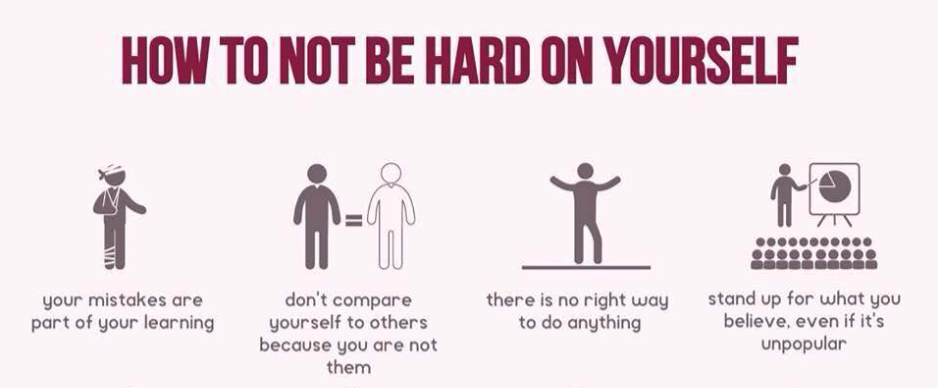Oh, it’s not that bad. You’re just too close to it, you can’t see the upside. Give it a day and you’ll see you were right all along. If you’ve heard things like that or if you’ve said things like that, it’s not helping. So says Fast Company writer Stephanie Vozza and she must be right because she’s saying what I think.
True, she’s saying it better than I am, but.
In math, multiplying a negative by a positive gives you a negative answer. Ever notice the same thing happens in life? When a coworker complains and you try to inject something positive, the outcome is usually more negativity.
“When we hear negativity, our instinct is to try and cheer up the other person,” says Peter Bregman, author of Four Seconds: All the Time You Need to Stop Counter-Productive Habits and Get the Results You Want. “But often it’s the worst thing you can do.”
That’s because listening to negative conversations makes us uncomfortable, and saying something positive in response only serves as a way to make the listener feel better, not the person who is complaining. This reaction doesn’t help the person who is venting because the listener’s comments are perceived as being argumentative.
“You are basically disagreeing with the other person’s feelings,” says Bregman. “You’re saying that they’re wrong; things really aren’t that terrible. This just makes them entrench more deeply in their perspective.”
Why Positivity Is The Worst Response To A Problem – Stephanie Vozza, Fast Company (19 March 2015)
Read the full piece. Mind you, I’m intrigued by the book she refers to, the Four Seconds one. The cynic in me is thinking it might take more than four seconds to read the book, but.
